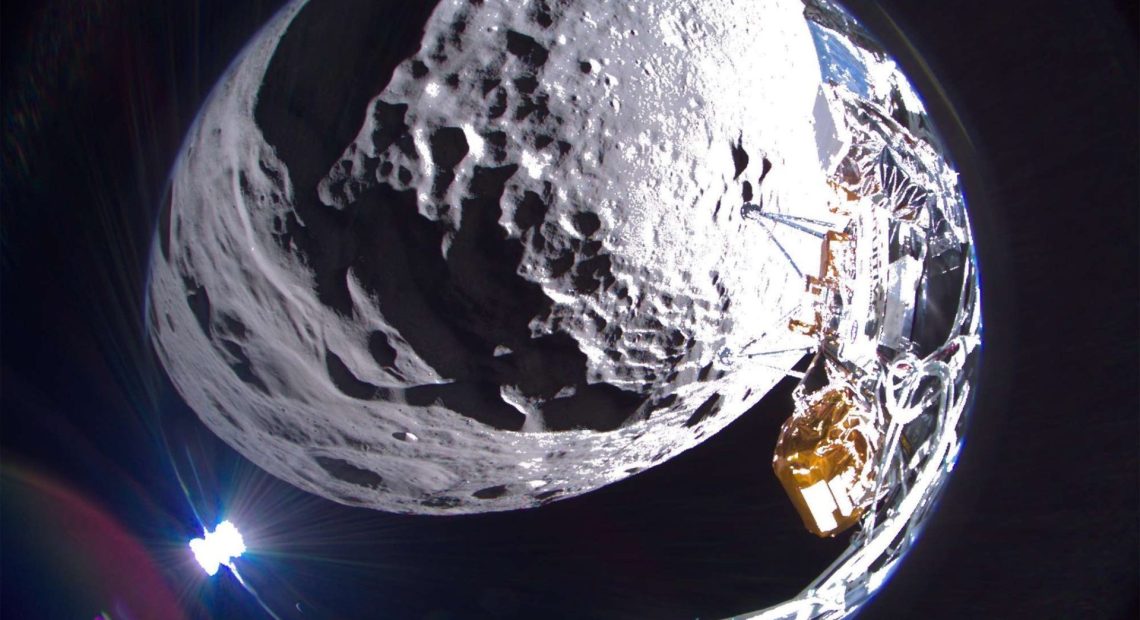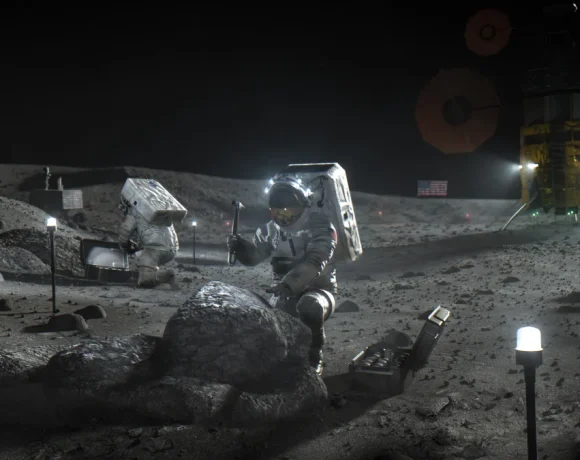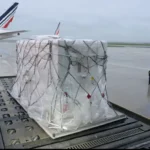NASA’s CLPS initiative marks a historic return to the Moon

Commercial lunar landing is successful
In a groundbreaking achievement, NASA’s Commercial Lunar Payload Services (CLPS) initiative has successfully delivered new science instruments and technology demonstrations to the Moon, marking the first uncrewed commercial lunar landing in over 50 years.
Intuitive Machines‘ Nova-C lander, named Odysseus, completed a remarkable seven-day journey to lunar orbit before landing precisely near Malapert A in the Moon’s South Pole region at 5:24pm CST on February 22, 2024.
The lander is in good health, powered by solar energy, and transmits valuable data to the company’s mission control in Houston.
Historic mission
This historic mission carries six NASA science research and technology demonstrations, paving the way for future lunar exploration.
The successful landing is a crucial milestone in NASA’s Artemis campaign, aligning with plans to send astronauts to the same region later this decade to explore lunar resources.
NASA Administrator Bill Nelson expressed his congratulations, saying: “For the first time in more than half a century, America returned to the Moon. This feat demonstrates the promise of American leadership in space and the power of commercial partnerships under NASA’s CLPS initiative.
Further, this success opens the door for new voyages under Artemis to send astronauts to the Moon, then onward to Mars.”
During the journey to the Moon, NASA’s CLPS instruments monitored cryogenic engine fuel usage, collected data on plume-surface interactions, and tested precision landing technologies. Odysseus is undergoing surface operations, which are expected to continue through February 29, 2024.
Key to the successful landing was NASA’s Navigation Doppler Lidar for Precise Velocity and Range Sensing (NDL) guidance system.
When Intuitive Machines encountered a sensor issue, NASA’s system provided critical assistance for a precise landing. The NDL system uses laser pulses emitted through optical telescopes to measure speed, direction, and altitude with high precision during descent and touchdown.
Instruments’ work
NASA’s instruments on the lunar surface will now focus on investigating lunar surface interactions and conducting radio astronomy.
The Odysseus lander also carries a retroreflector array, contributing to a network of location markers on the Moon for future autonomous navigation technologies.
Notable NASA hardware aboard the lander includes the Lunar Node 1 Navigation Demonstrator, Laser Retroreflector Array, Radio Frequency Mass Gauge, Radio-wave Observations at the Lunar Surface of the Photoelectron Sheath, and Stereo Cameras for Lunar Plume-Surface Studies.
These instruments will play vital roles in demonstrating autonomous navigation, measuring propellant in low-gravity environments, observing the Moon’s surface environment in radio frequencies, and capturing imagery of surface changes during and after descent.
NASA has committed to supporting US commercial vendors in exploring the Moon’s surface, showcasing the collaborative efforts that have brought humanity back to the lunar landscape after more than half a century.
Featured image: On February 22, 2024, Intuitive Machines’ Odysseus lunar lander captured this wide-angle image of Schomberger crater on the Moon. Image: Intuitive Machines












